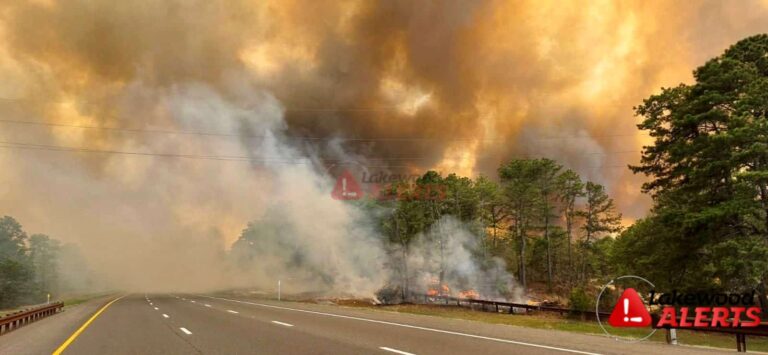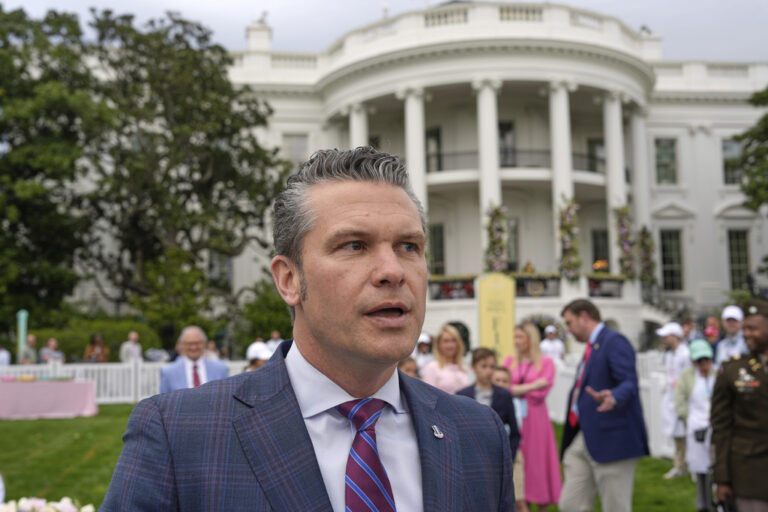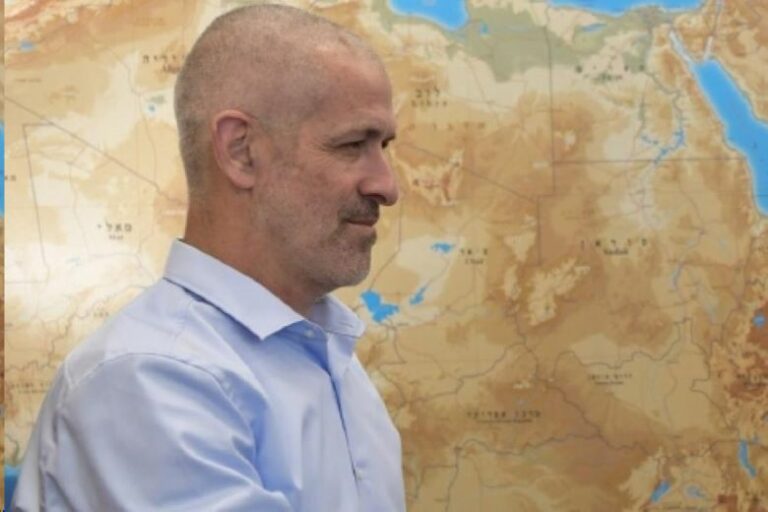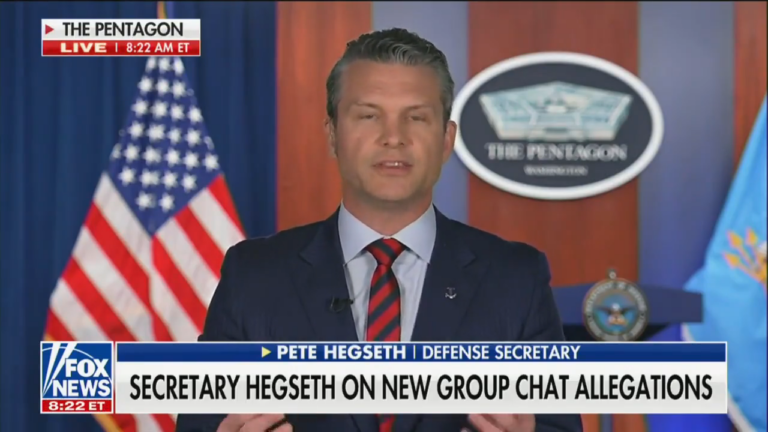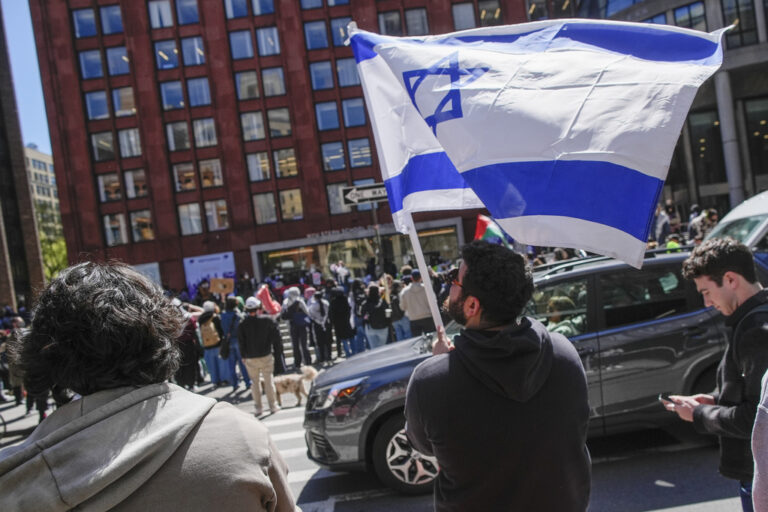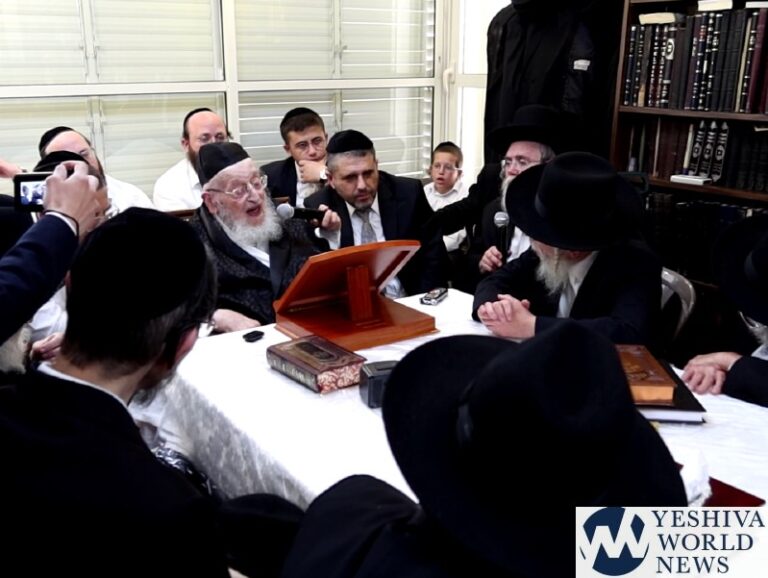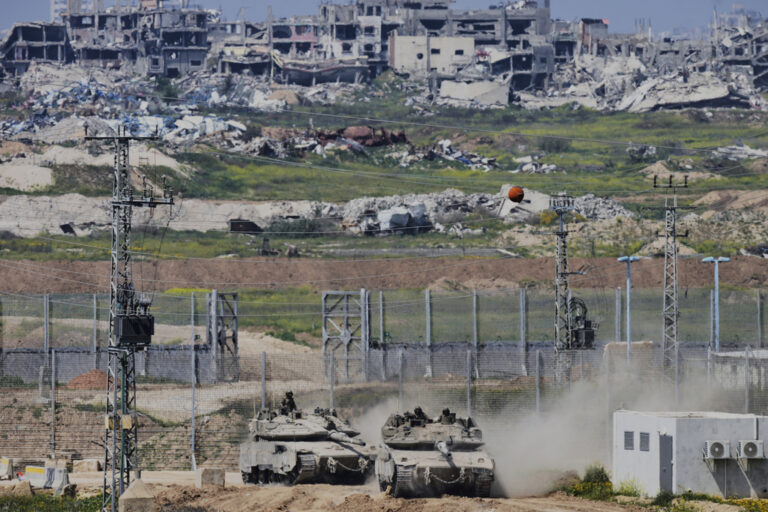Amazon will be sorting through 238 proposals from cities and regions in the United States, Canada and Mexico that are hoping to land the company’s second headquarters and the investment it’ll bring.
The online had retailer kicked off its hunt for a second home base in September, promising 50,000 new jobs and construction spending of more than $5 billion. Proposals were due last week, and Amazon made clear that tax breaks and grants would be a big factor in deciding what entry prevails.
Amazon.com Inc. did not specify which cities or metro areas applied, but many of the location have made their interest public. The company said Monday the proposals came from 43 U.S. states, Washington, D.C., and Puerto Rico, as well as three Mexican states and six Canadian provinces.
In a tweet, the company said it was “excited to review each of them.”
Besides looking for financial incentives, Amazon had stipulated that it wanted to be near a metropolitan area with more than a million people; be able to attract top technical talent; be within 45 minutes of an international airport; have direct access to mass transit; and be able to expand that headquarters to as much as 8 million square feet in the next decade.
But that didn’t stop some apparent long shots from applying. A bid came from Alaska, according to Amazon, though the entire state has a population below a million.
“Most of the 238 probably lack some of those big-city advantages,” said Jed Kolko, the chief economist at job site Indeed. But most places probably could not pass up the chance of getting 50,000 jobs, “even if the odds of winning are low,” he said.
Although generous tax breaks and other incentives can erode a city’s tax base, Amazon’s headquarters could draw even more tech businesses along with their well-educated, highly paid employees.
In New Jersey, Republican Gov. Chris Christie has endorsed Newark’s bid, saying the state and the city are planning nearly $7 billion in tax breaks. Detroit bid organizers have said its proposal offers Amazon the unique chance to set up shop in both the U.S. and Canada. Missouri officials proposed an innovation corridor between Kansas City and St. Louis rather than a single location.
The seven U.S. states that Amazon said did not apply were: Arkansas, Hawaii, Montana, North Dakota, South Dakota, Vermont and Wyoming.
Ahead of the deadline, some cities turned to stunts to try and stand out: Representatives from Tucson, Arizona, sent a 21-foot tall cactus to Amazon’s Seattle headquarters; New York lit the Empire State Building orange to match Amazon’s smile logo.
The company plans to remain in its sprawling Seattle headquarters and the second one will be “a full equal” to it, founder and CEO Jeff Bezos said in September. Amazon has said that it will announce a decision sometime next year.
(AP)


